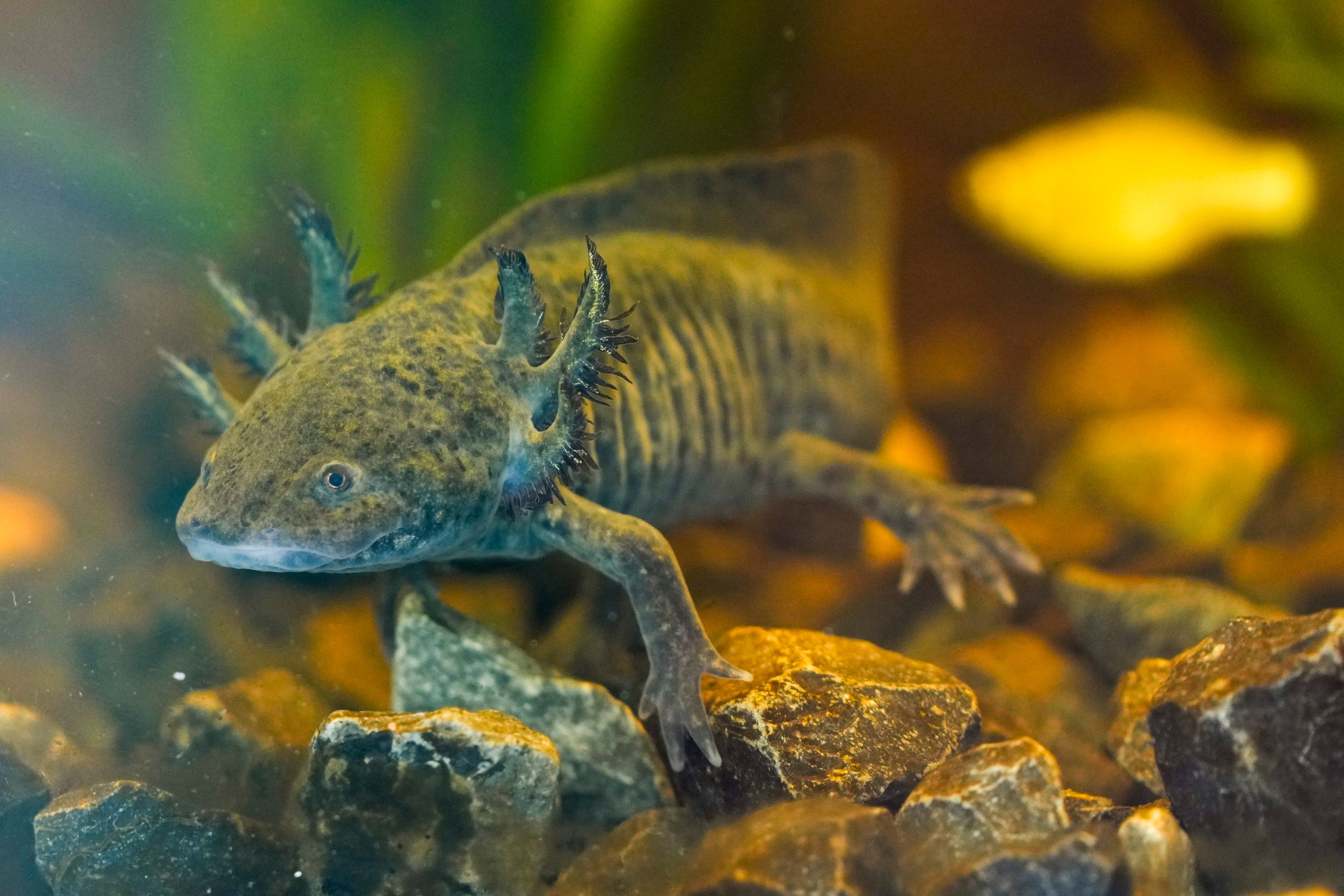Sixty years ago, the canals of Mexico City’s Xochimilco borough teemed with axolotls – the distinctive salamanders often likened to tiny dragons – so abundant they could be plucked from the water by hand. Today, finding them in their natural habitat is a near impossibility.
This dramatic decline has prompted scientists from Mexico’s National Autonomous University to employ an innovative technique: filtering Xochimilco’s murky waters for traces of the endangered creature’s DNA.
“We all shed DNA along our path across the world and that can be captured by filtering air or water,” explained biologist Luis Zambrano, from the university’s ecological restoration lab.
As traditional netting surveys increasingly yield empty results, scientists are relying on this environmental DNA (eDNA) method to monitor the dwindling numbers of a species found exclusively in Xochimilco.
Water samples are meticulously filtered for these genetic particles, which are then cross-referenced with profiles from a genetic library compiled by British scientists.
Esther Quintero of Conservation International in Mexico, who has collaborated with Zambrano since 2023, highlighted the vital role of this international effort in tracking the elusive axolotl.

Scientists collected water from 53 locations in Xochimilco: 10 inside refuges where water is filtered and the water is cleaner and 43 outside those areas. They found axolotl DNA inside the protected areas and in one site outside them.
Referring to the one unprotected area, Zambrano said “it’s very little,” but a sign that there is the possibility of resilience, even with continuing environmental degradation and pollution of the canals.
So far, the researchers have only searched a third of Xochimilco with the environmental DNA technique and the manual work with nets, but they plan to continue the work and hopefully present an updated census early next year.
The trend, however, is not good. From an estimated 6,000 axolotls per square kilometer in 1998, there were only 36 per square kilometer in the last census, in 2014.
Zambrano highlights that his team’s work has shown that conservation works and that the effort to protect the species is also improving water quality, increasing the number of pollinisers in the area and means that Mexico City makes better use of Xochimilco’s water, among other benefits.
But policymakers can do more, he said, such as prohibiting the opening of dance clubs, spas and soccer fields on Xochimilco’s traditional man-made islands, known as chinampas. Instead, the government should incentivise the islands’ traditional agricultural production, ensuring that farmers can actually make a living at it.
If its habitat is fixed, the axolotl can take care of the rest.
“The axolotl reproduces a lot because it lays a lot of eggs … it can easily recover and we know how,” Zambrano said.




